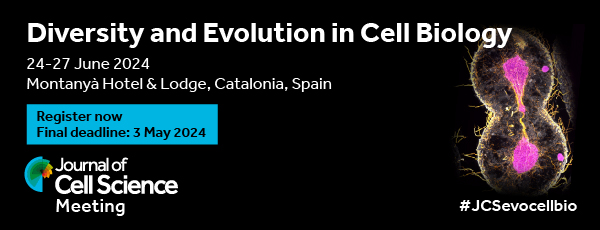
Cadherins are cell-cell adhesion molecules essential for tissue integrity and development. They form two types of junction: at adherens junctions, classical cadherins, such as N-cadherin, are linked to actin through β- and α-catenin; at desmosomes, desmosomal cadherins are instead linked to intermediate filaments, such as vimentin. On p. 3883, Karen Knudsen and co-workers reveal that things are not so simple. They have developed a novel assay for cadherin function in which a steroid activates an N-cadherin mutant fused to a modified oestrogen receptor. Addition of 4-hydroxytamoxifen (4OHT) to fibroblasts expressing the mutant causes them to form tightly compacted aggregates through cadherin-mediated cell-cell adhesion. The authors observe that this is associated with increased interaction of N-cadherin with the cytoskeleton. Surprisingly, however, they find that this does not involve actin but vimentin. Vimentin becomes more organized at the cell periphery and can be coimmunoprecipitated with N-cadherin. More importantly, Knudsen and co-workers can block compaction of the cells by knocking down vimentin by RNAi. Their findings indicate that N-cadherin-mediated adhesion can involve intermediate filaments not just the actin cytoskeleton and thus blur the lines between the well-defined junctional complexes.








